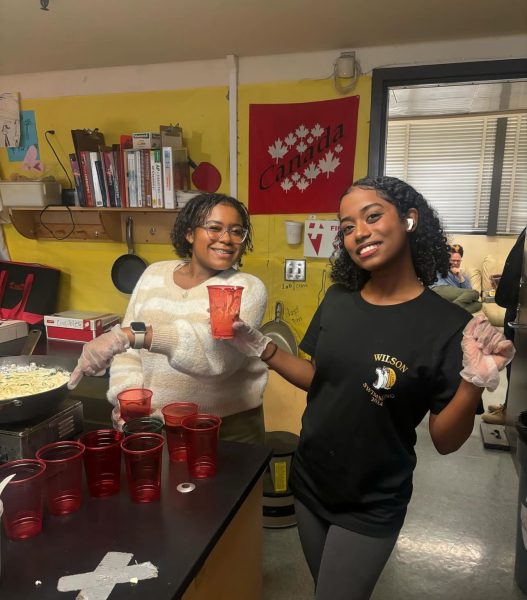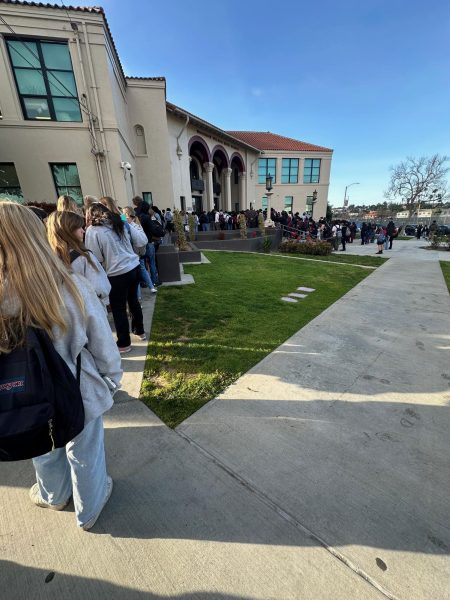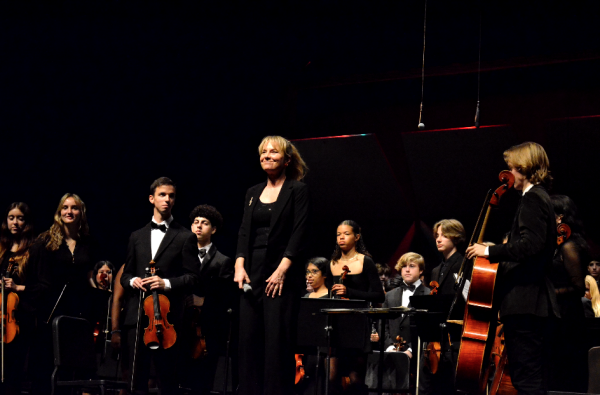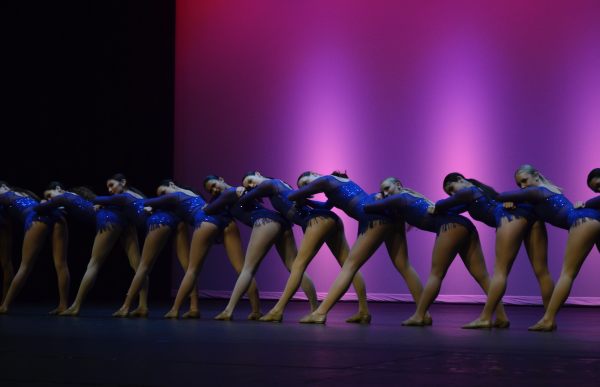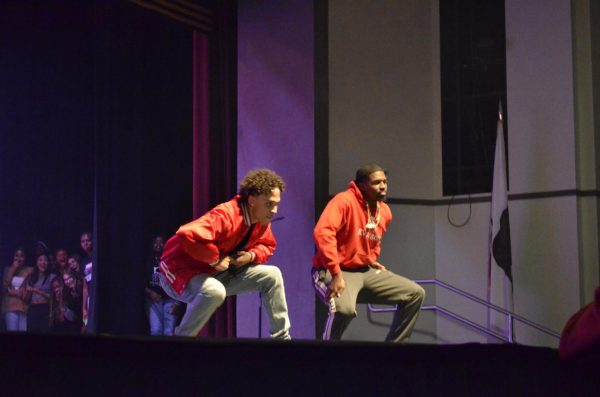Teachers and Students Need Therapy and Glasses
March 3, 2021
Teachers and students are spending more time in front of a screen than ever before and the consequences are far reaching.
Currently, screen time is something that cannot be avoided due to distance learning. This has in turn, affected the mental health of many people who are overwhelmed from all the work and time put into adapting to the new way of “virtual learning”.
“I average 11 plus hours in front of a screen which has made me be in a constant state of unease and mentally fatigued,” said AP Literature and Composition teacher Danielle Jorda.
During a typical year of in-person school, teachers and students are more engaged with each other because of their physical presence. During virtual learning, most of the time teachers are teaching to a black screen, not knowing what the students are doing, how they are feeling, and if they’re actually engaging in the class.
“Online learning has been difficult this year for me as a teacher,” said AP US History teacher Jasmine Harrison. “It can be very frustrating trying to teach from behind a screen and I have the kind of teaching style where I need to interact and hear my students often.”
Teachers also prefer in person learning because they feel they have a bigger impact on students and can make a connection with them more easily.
“In person learning allows for more student-teacher connections and engagement,” Harrison said. “I think it helps teachers and students hold each other accountable more often because we are face to face every other day. We can be more comfortable and feel like an actual community when we are together.”
Beyond the psychological, emotional and educational implications, there are physical consequences to spending so much time looking at a screen.
“Looking at the screen for so long has been hard on my eyesight and mental state as well,” Harrison said.
According to Optometrist Dr. Stephanie Mitchell, teachers and students are using their eyes in different ways than usual.
“They’re used to looking back and forth-not staring at one screen,” Mitchell said. “We’re doing what we can here to make sure that kids have proper prescriptions, are protecting their eyes from the light, and focusing at a distance that’s not normal.”
“Typically, our eyes are meant to look at a minimum distance of 20 feet, not two to four feet, let alone into the light of a screen that is close and bright,” said Mitchell.
Optometrist are encouraging people to get proper glasses to protect their eyes. When people usually get classes the goal is to have 20/20 vision, which means that they can see clearly from 20 feet away. Those same glasses are not suitable when looking at a screen on a desk or two to four feet away for hours at a time.
“We have lenses that adjust for looking up close and long distance,” said Mitchell. “Our goal is to stabilize their vision as much as possible-it’s called myopia control. Now, more than ever, students are needing glasses for the nearsightedness that virtual learning is causing. We try to change their eyes as little as possible.”

